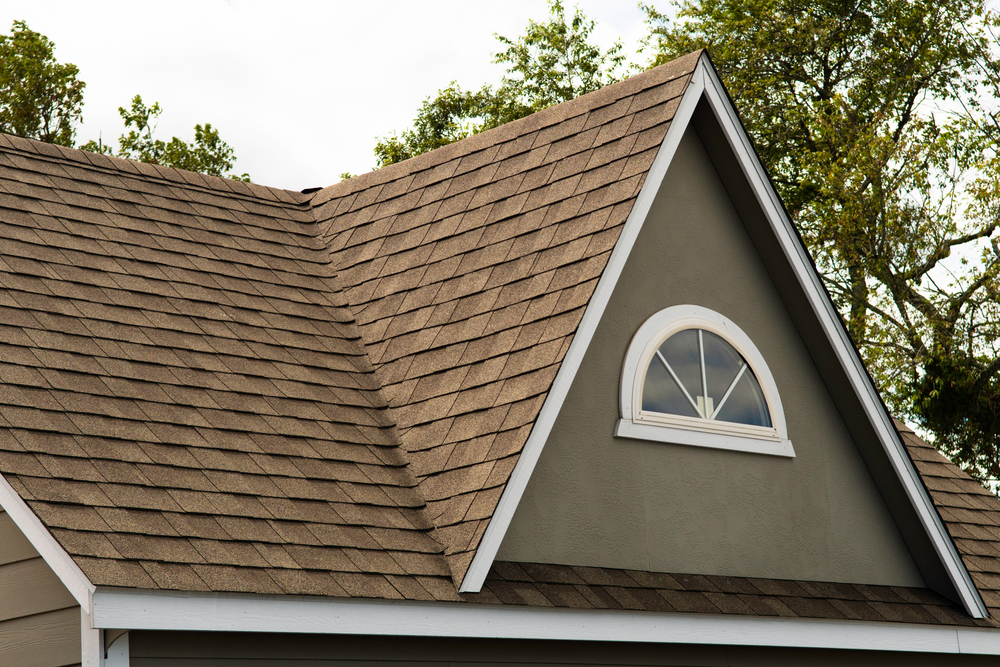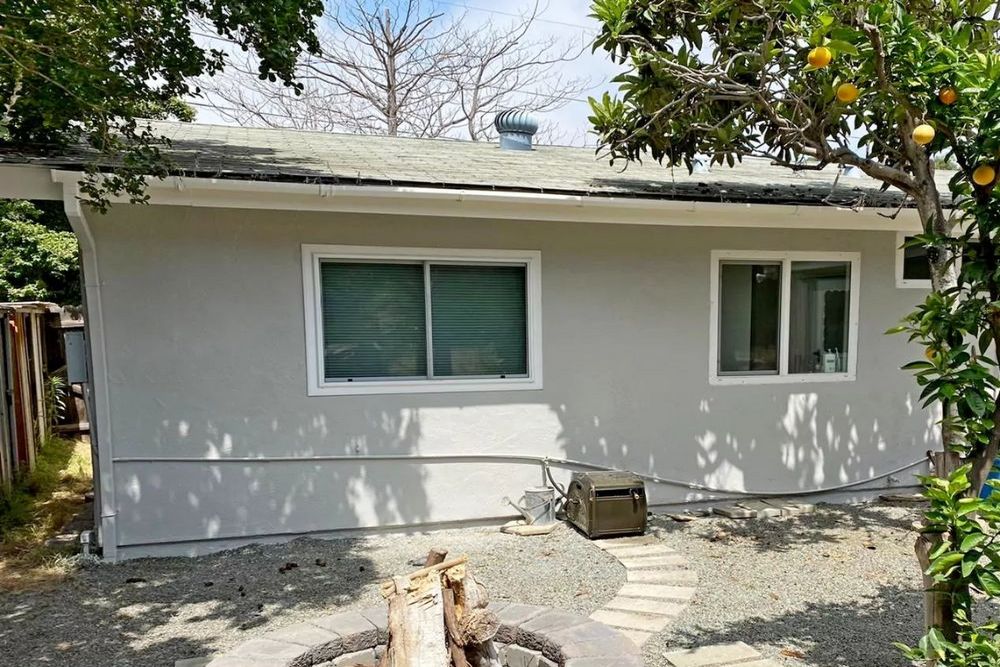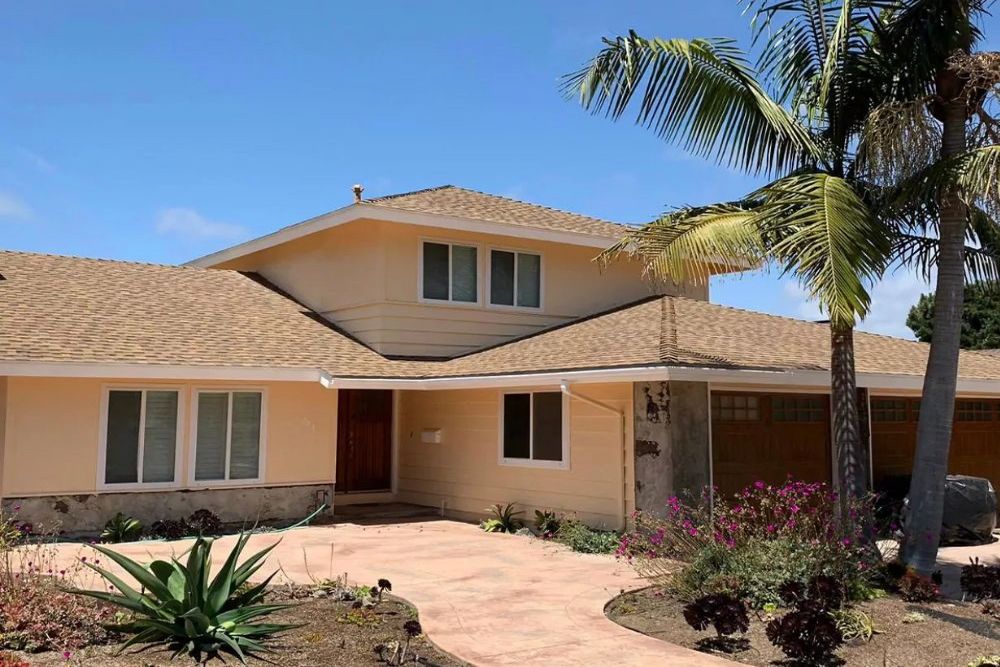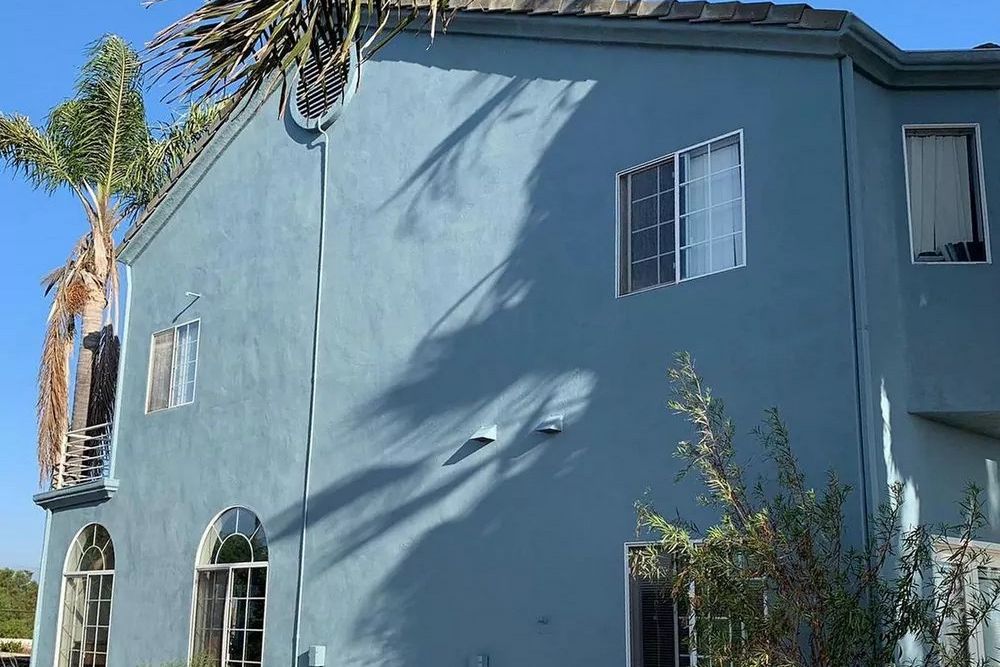
BBB Accredited Business.
A+ Rating
100% Financing,
No Money Down Get
Prequalified In Minutes
Over 19 Years Of Experience
Licensed , Bonded Insured
Thousands of customers all
over Southern California
Best Roofing Materials: Roofing Felt or Synthetic Underlay?
For decades, roofers have fitted a layer of felt over a roof’s sheathing, or roof deck, before installing shingles. Roofing felt offers an additional layer of protection against the elements, dampens sound transfer slightly and encourages water that gets beneath the shingles to drain off the roof
For decades, roofers have fitted a layer of felt over a roof’s sheathing, or roof deck, before installing shingles. Roofing felt offers an additional layer of protection against the elements, dampens sound transfer slightly and encourages water that gets beneath the shingles to drain off the roof
Roofing Felt
Roofing felt (similar to tar paper) is the base material used to make roof shingles and roll roofing. Used for decades as waterproof coverings in residential and commercial roofs, these bitumen compositional membranes incorporate two layers. The first underside polymer membrane is used as a solid background, often reinforced with glass fibers. Mineral granules make up the self-protective top layer, with a final bituminous mixture encapsulating them both.[2] Typical uses of felt paper are as an underlay(ment) (sarking) beneath other building materials, particularly roofing and siding materials, and is one type of membrane used in asphalt built up roofing (BUR) systems. The purposes are to “…separate the roof covering from the roof deck…shed water…[and] provide secondary weather protection…”[3] Also, the rapid application of roofing underlay protects the roof deck during construction until the roofing material is applied and is required for roofs required to meet Underwriters Laboratory (UL) fire ratings.[4] The separation of the roof covering from the roof deck protects the roof covering from resins in some sheathing materials and cushions unevenness and old nails and splinters in re-roofing applications. The underlayment also sheds water, which penetrates the roof covering from an ordinary leak, a leak from wind-driven rain or snow, wind damage to the roof covering, or ice dams. However, the application of underlays may increase the roof temperature, which is the leading cause of ageing of asphalt shingles and felt paper wrinkles when it gets wet, which (rarely) shows through asphalt shingles. Not installing an underlay may void the roof covering warranty.
Synthetic Underlayment
Synthetic underlayment is a newer technology that boasts many advantages over traditional felt. Just consider Pacific Homeworks synthetic roofing underlayment. The product is six times lighter and three times stronger than #30 felt. Made from a highly sturdy polypropylene fabric, resists water more than traditional felt.
Synthetic, which is more costly than traditional felt, has other benefits, too. Synthetic underlayment will not rot, buckle or crack and provides slip resistance for workers on the roof deck.
As contractors, sometimes we do not think about how critical roofing underlayment is to a roofing project. As a reminder, its many benefits include:
Providing a temporary weather barrier until shingles are installed.
Preventing the wood deck from drawing tar and other moisture from the shingles.
Acting as a barrier from weather should rain or snow pass the joints of the primary roof covering.
When choosing roofing underlayment, do not just go with what you have always used. Take the extra time to make sure it is best for your individual project.




